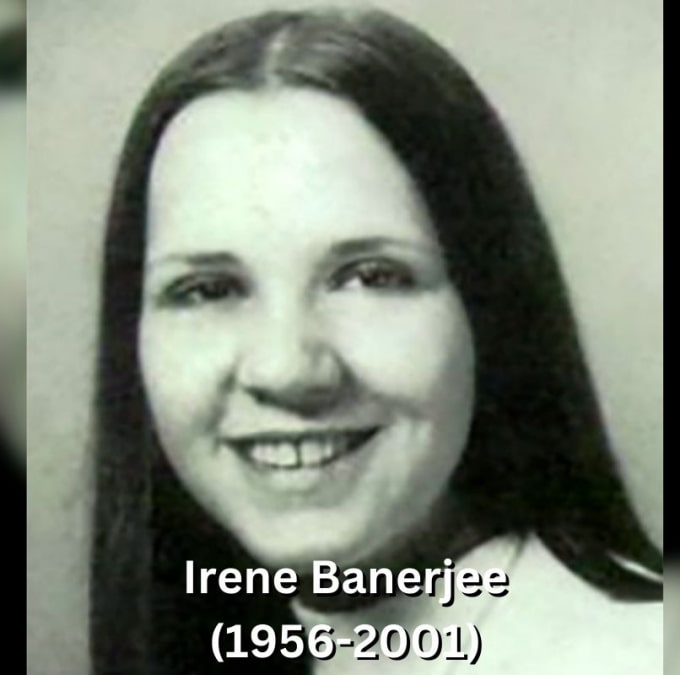Robert Indiana, a central figure in the American pop art movement, is renowned for his timeless LOVE sculpture. Born as Robert Clark, Indiana's work broke conventional artistic norms, merging elements of language, identity, and personal history. This article delves into the life, career, and enduring legacy of Robert Indiana, offering an in-depth look at the man behind this famous artwork.
Quick Information Overview
| Aspect | Details |
|---|---|
| Full Name | Robert Clark (known as Robert Indiana) |
| Known As | Robert Indiana |
| Professions | Artist, Sculptor |
| Age (as of 2024) | N/A (Deceased) |
| Date of Birth | September 13, 1928 |
| Birthplace | New Castle, Indiana, USA |
| Nationality | American |
| Date of Death | May 19, 2018 |
| Place of Death | Vinalhaven, Maine, USA |
| Net Worth (2024) | Estimated $20 million |
| Parents | Earl Clark (adoptive father), Carmen Watters (adoptive mother) |
| Partner | Ellsworth Kelly |
| Notable Works | LOVE, EAT, HOPE, The Peace Paintings |
Early Years
Robert Indiana's early life laid the groundwork for his profound artistic journey. Born as Robert Clark in New Castle, Indiana, his early years were marked by significant events and influences that shaped his creative vision.
Childhood and Family
Adopted by Earl Clark and Carmen Watters, young Robert's life was characterized by frequent relocations due to Earl's job. This constant movement instilled in him a sense of transience and instability—themes that later emerged in his art. Despite these hurdles, Indiana developed an early interest in art, fostered by his mother.
Education and Influences
From 1942 to 1946, Indiana attended Arsenal Technical High School in Indianapolis, where he honed his artistic skills. He then studied at the Art Institute of Chicago from 1949 to 1953, spent a summer at the Skowhegan School of Painting and Sculpture in Maine in 1953, and continued his education at Edinburgh University and Edinburgh College of Art from 1953 to 1954. His exposure to European modernism during this period significantly influenced his artistic style.
Career Highlights
Robert Indiana's career is a testament to his innovative approach to art. His works, celebrated for their bold use of language and vibrant colors, often reflect socio-political themes and personal narratives.
The Birth of LOVE
In 1964, Indiana unveiled his most iconic work, LOVE. Characterized by its bold, simple letters and tilted 'O,' the design quickly became a symbol of the 1960s counterculture movement. The Museum of Modern Art selected this image for their 1965 Christmas card, catapulting Indiana to fame. In 1973, the United States Postal Service issued a LOVE stamp, further embedding its place in popular culture.
Collaborations and Exhibitions
Throughout his career, Indiana collaborated with notable figures and showcased his work in various exhibitions. He designed stage sets for the opera "The Mother of Us All" by Virgil Thomson and Gertrude Stein, which premiered in 1947. His first solo exhibition was hosted by Eleanor Ward at the Stable Gallery in 1962. Indiana also collaborated with acclaimed artists like Andy Warhol and drew inspiration from his partner, Ellsworth Kelly.
Major Works and Themes
Indiana's artistic repertoire extends beyond LOVE. His EAT sign, commissioned by architect Philip Johnson for the New York World's Fair in 1964, is another significant piece. His HOPE sculpture, created in 2008, became a symbol of Barack Obama's presidential campaign. Indiana's "The Peace Paintings," created after the September 11 attacks, reflect his contemplations on peace and conflict.
Personal Life
Robert Indiana's personal life was as complex and intriguing as his art. His relationships, lifestyle, and beliefs significantly influenced his work.
Relationships and Influences
Indiana's relationship with fellow artist Ellsworth Kelly profoundly impacted his work. Kelly's minimalist style and use of color are evident in Indiana's own artistic expressions. Additionally, Indiana's friendships with other artists, such as Marsden Hartley, contributed to shaping his creative direction.
Later Years and Isolation
In his later years, Indiana became reclusive, moving to Vinalhaven, Maine, where he lived until his death in 2018. Despite his isolation, he continued to create art, although his later years were marred by legal battles over his estate and the authenticity of his works.
Major Achievements
Robert Indiana's contributions to art have garnered global recognition. His works are housed in major museums, and his influence continues to resonate in contemporary art.
Iconic Sculptures and Public Art
Indiana's LOVE sculpture has been installed in various cities, including New York, Philadelphia, and Indianapolis. His HOPE sculpture has also gained international recognition. These public installations have become cultural landmarks, symbolizing universal themes of love and hope.
Retrospectives and Exhibitions
Indiana's work has been the subject of numerous retrospectives. The "Robert Indiana: Beyond LOVE" exhibition at the Whitney Museum of American Art in 2013 showcased his extensive career. In 2022, the Yorkshire Sculpture Park held a retrospective of his work, highlighting his enduring legacy.
Awards and Honors
Throughout his career, Indiana received several awards and honors, including recognition from the National Academy of Design and the American Academy of Arts and Letters. His contributions to art have been celebrated by institutions worldwide, securing his place in art history.
Financial Insights
Robert Indiana's financial success was as notable as his artistic achievements. His works have fetched significant sums at auctions, and his net worth at the time of his death was estimated to be around $20 million.
Net Worth and Earnings
Indiana's net worth in 2024 is estimated to be approximately $20 million. His LOVE sculptures alone have sold for millions, with one version fetching $3.8 million at a Sotheby's auction in 2011. His other works, including prints and paintings, have also commanded high prices.
Estate and Legal Issues
After Indiana's death, his estate became the subject of legal disputes. Allegations of forgery and mismanagement of his works led to court battles, which have since been resolved. Despite these challenges, the value of Indiana's art remains high, and his legacy continues to be celebrated.
Conclusion
Robert Indiana's legacy is one of significant impact and enduring influence. His innovative use of language, vibrant colors, and exploration of socio-political themes have left an indelible mark on the art world. From the iconic LOVE sculpture to his lesser-known works, Indiana's art continues to inspire and resonate with audiences worldwide.
Frequently Asked Questions
Who was Robert Indiana?
Robert Indiana, born as Robert Clark, was an American artist associated with the pop art movement. He is best known for his iconic LOVE sculpture.
What is Robert Indiana's most famous work?
Indiana's most famous work is the LOVE sculpture, created in 1964. The design has been reproduced in various forms and has become a cultural symbol.
Where can I see Robert Indiana's works?
Indiana's works are housed in major museums worldwide, including the Museum of Modern Art, Tate Modern, and the San Francisco Museum of Modern Art. His public sculptures can be seen in cities like New York, Philadelphia, and Indianapolis.
What was Robert Indiana's net worth?
At the time of his death, Robert Indiana's net worth was estimated to be around $20 million. His works have fetched significant sums at auctions.
What were some of Robert Indiana's other notable works?
Apart from LOVE, Indiana created works like EAT, HOPE, and The Peace Paintings. He also designed stage sets for the opera "The Mother of Us All."
What was the controversy surrounding Robert Indiana's estate?
After Indiana's death, his estate became embroiled in legal disputes over allegations of forgery and mismanagement. These issues have since been resolved, but they highlighted the complexities of managing an artist's legacy.
Robert Indiana's life and work continue to captivate and inspire. His contributions to art are celebrated worldwide, ensuring that his legacy will endure for generations to come.













